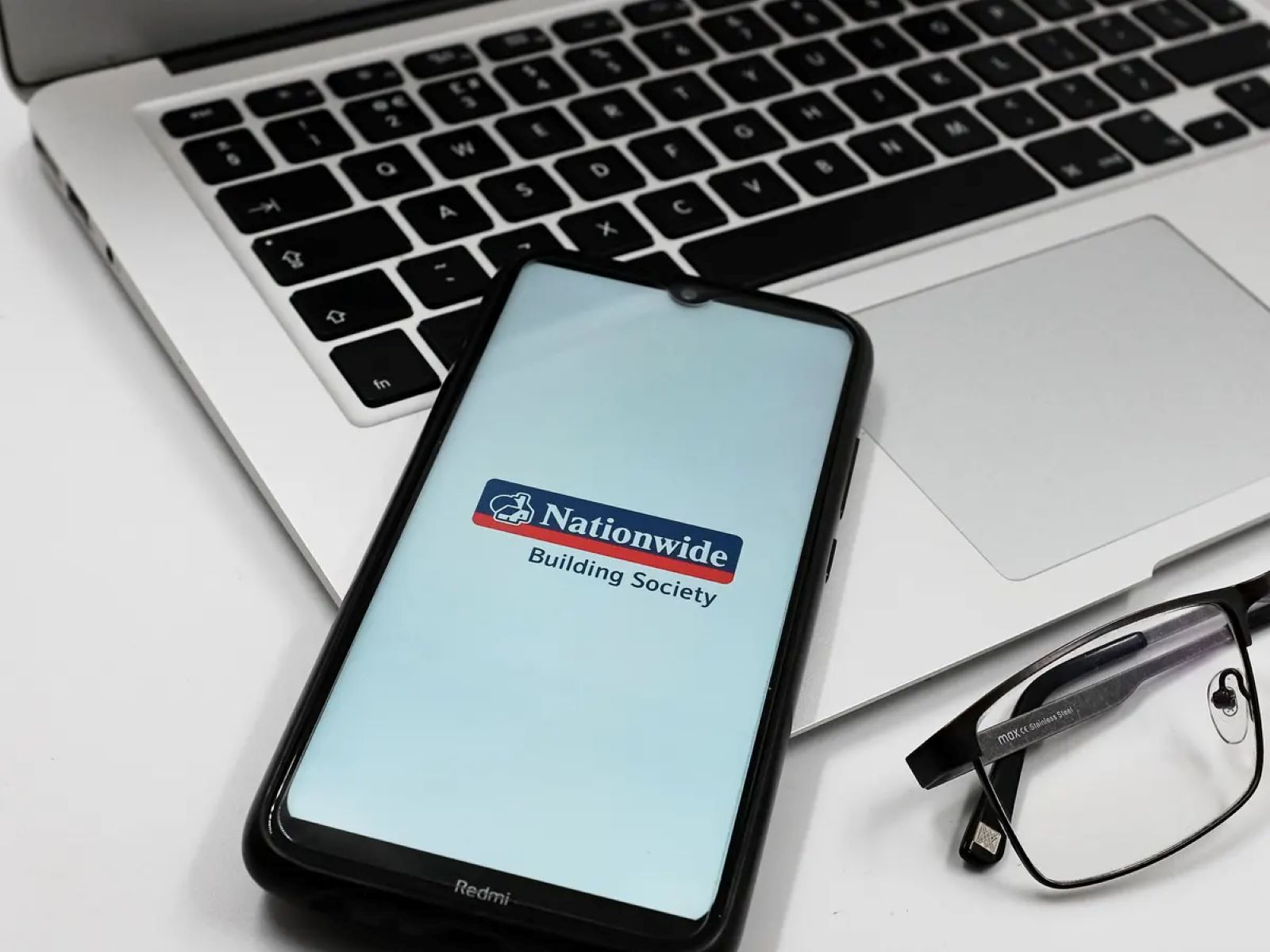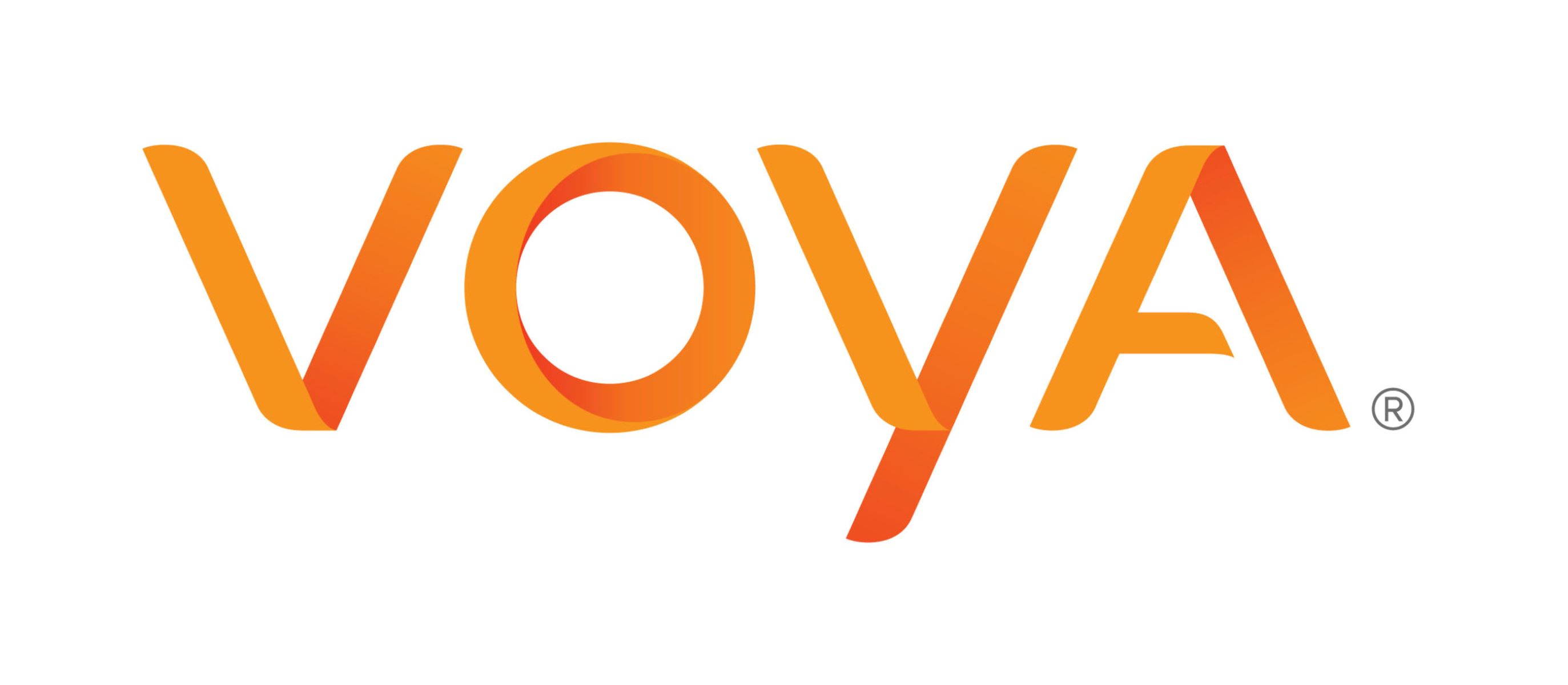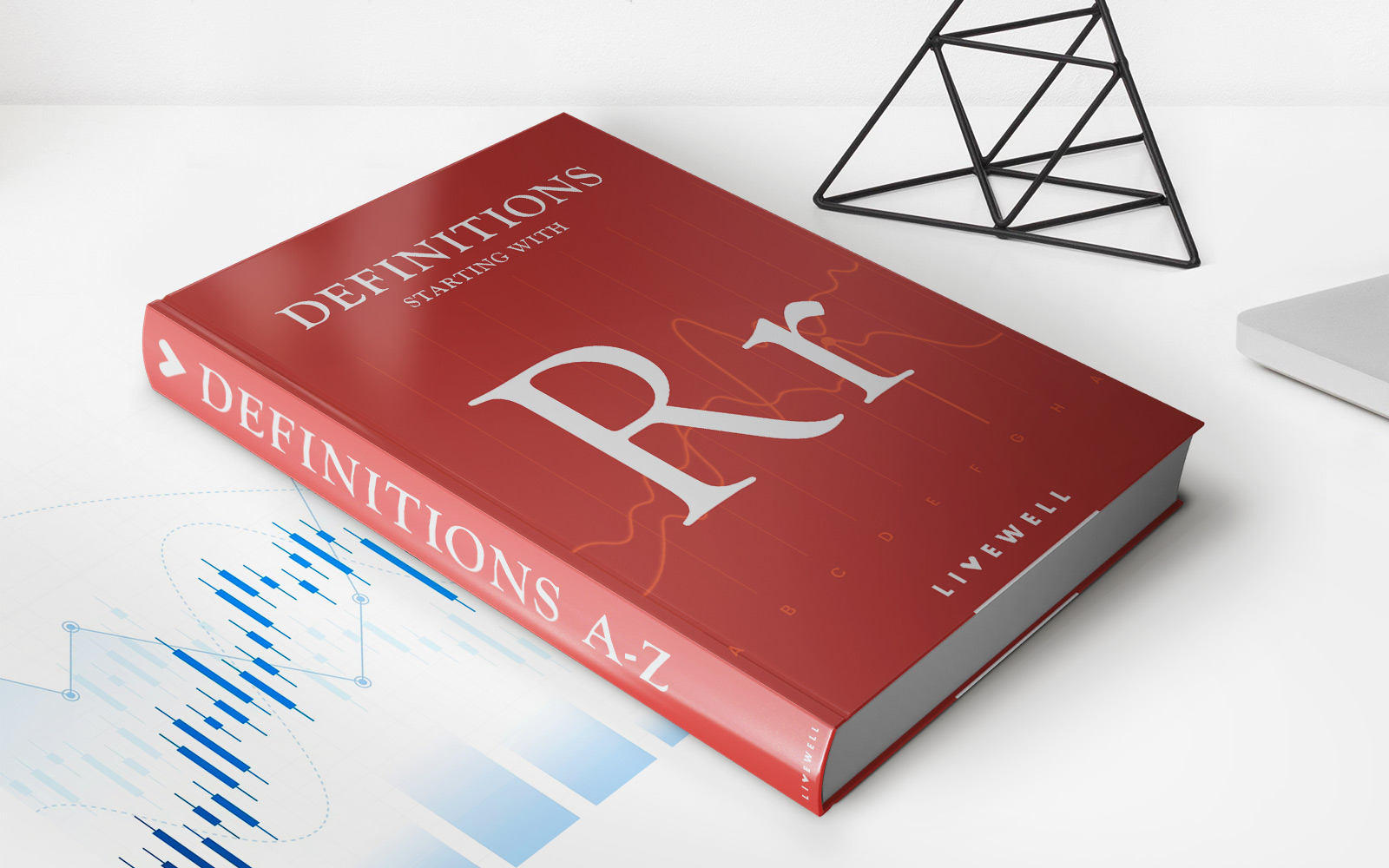

Finance
How To Withdraw Fidelity 401K
Published: October 15, 2023
Learn how to withdraw funds from your Fidelity 401K and manage your personal finance with our step-by-step guide.
(Many of the links in this article redirect to a specific reviewed product. Your purchase of these products through affiliate links helps to generate commission for LiveWell, at no extra cost. Learn more)
Table of Contents
Introduction
Thinking about retirement savings can often be overwhelming, but with the right approach and knowledge, it can become a smooth and rewarding process. One popular retirement savings option is a Fidelity 401K account. Fidelity Investments is a well-known financial institution that offers a wide range of investment and retirement solutions.
In this article, we will discuss how to withdraw funds from your Fidelity 401K account. We’ll cover the eligibility requirements, different types of withdrawals, the withdrawal process, tax implications, early withdrawal penalties, and exceptions to those penalties. Additionally, we’ll explore roll-over options for those who may want to transfer their funds to another retirement account.
Understanding the ins and outs of withdrawing funds from your Fidelity 401K is crucial to ensure that you make informed decisions and maximize your retirement savings. So, let’s dive into the details and learn how you can effectively withdraw funds from your Fidelity 401K account.
Understanding Fidelity 401K
A Fidelity 401K is a retirement savings plan sponsored by an employer for its employees. It allows individuals to contribute a portion of their pre-tax earnings into an investment account. The funds contributed to the 401K account are invested in a variety of financial instruments such as stocks, bonds, and mutual funds, with the goal of growing the savings over time.
One of the key advantages of a Fidelity 401K is that contributions are made on a pre-tax basis. This means that the amount of money you contribute to your 401K is deducted from your taxable income, reducing your overall tax liability in the current year. The funds in your account grow tax-deferred until you start making withdrawals during retirement.
Another benefit of a Fidelity 401K is that some employers offer a matching contribution. This means that your employer will contribute a certain percentage of your salary into your 401K account, usually up to a certain limit. This employer match is essentially free money, and it significantly boosts your retirement savings.
It’s important to note that Fidelity 401K accounts have contribution limits set by the IRS. As of 2021, the maximum amount an individual can contribute to their 401K is $19,500 per year. If you are age 50 or older, you can also make catch-up contributions of an additional $6,500 per year, bringing your total limit to $26,000.
Overall, a Fidelity 401K provides individuals with a powerful tool to save for retirement while enjoying tax advantages and potential employer matching. Understanding the intricacies of this retirement savings plan is essential for making informed decisions about contributing and withdrawing funds in the future.
Eligibility for Withdrawal
In order to withdraw funds from your Fidelity 401K account, you must meet certain eligibility criteria. The primary purpose of a 401K account is to save for retirement, so withdrawals typically occur after reaching a specific age or fulfilling other qualifying conditions.
The standard age for qualifying for penalty-free withdrawals from a Fidelity 401K is 59½. This age is set by the IRS and is known as the “qualified distribution age.” Once you reach this age, you can start withdrawing funds from your 401K without incurring any early withdrawal penalties.
However, there are exceptions to this rule. If you retire or separate from your employer at age 55 or older, you may be able to access your 401K funds penalty-free. This option is called the “Rule of 55” and is applicable only if you leave your job in or after the year you turn 55.
Aside from age, there are other circumstances in which you may be eligible to withdraw funds from your Fidelity 401K. These include total and permanent disability, financial hardship, significant medical expenses, and certain medical treatments. It’s important to consult with a financial advisor or refer to the IRS guidelines to determine if your specific situation qualifies for an exception.
Keep in mind that even if you meet the eligibility requirements for withdrawal, you may still be subject to income tax on the amount withdrawn. We will discuss the tax implications of 401K withdrawals in detail later in this article.
Understanding the eligibility criteria for withdrawal is crucial to ensure that you don’t make premature withdrawals or incur unnecessary penalties. Be sure to review your Fidelity 401K plan documents and consult with a qualified financial advisor to determine your eligibility for withdrawal and make informed decisions regarding your retirement savings.
Types of Fidelity 401K Withdrawals
When it comes to withdrawing funds from your Fidelity 401K account, there are different types of withdrawals to consider. The specific type of withdrawal you choose will depend on your personal circumstances and financial goals. Let’s explore the most common types of Fidelity 401K withdrawals:
- Traditional Withdrawal: This is the standard type of withdrawal where you take money out of your 401K account after reaching the eligible age, typically 59½. Traditional withdrawals are subject to income tax, as the funds were contributed on a pre-tax basis.
- Roth Withdrawal: If you have a Roth 401K account with Fidelity, you can opt for a Roth withdrawal. Roth withdrawals are tax-free, as the contributions were made with after-tax dollars. To qualify for tax-free withdrawals, you must have held the account for at least five years and meet the age requirements.
- Required Minimum Distribution (RMD): Once you reach the age of 72, the IRS requires you to start taking minimum distributions from your qualified retirement accounts, including a Fidelity 401K. The amount of the RMD is determined based on your account balance and life expectancy. Failure to take RMDs can result in significant tax penalties.
- Hardship Withdrawal: In certain circumstances, such as financial hardship, you may be eligible for a hardship withdrawal from your Fidelity 401K. Hardship withdrawals are subject to taxes and a 10% early withdrawal penalty, except for specific expenses like medical costs or education expenses.
- Loan: Another option available with a Fidelity 401K is taking a loan against your account balance. This allows you to borrow money from your 401K, which you must pay back with interest. While loans can provide immediate cash flow, it’s important to consider the potential impact on your retirement savings.
Before making any withdrawals, it’s crucial to understand the implications of each type and consult with a financial advisor. They can help you determine the best strategy based on your financial situation and long-term goals. Keep in mind that early withdrawals, other than qualifying exceptions, may result in taxes, penalties, and potentially impact your retirement savings in the future.
Withdrawal Process
When you’re ready to withdraw funds from your Fidelity 401K account, it’s important to understand the process and steps involved. While the specific process may vary depending on your employer’s plan and Fidelity’s procedures, below is a general outline of the withdrawal process:
- Contact Fidelity: The first step is to reach out to Fidelity to notify them of your intent to withdraw funds from your 401K account. You can do this by calling their customer service helpline or accessing your account online.
- Complete Required Forms: You will likely be required to complete specific forms provided by Fidelity to initiate the withdrawal process. These forms will require information such as your personal details, desired withdrawal amount, and the preferred method of receiving the funds (e.g., check, electronic transfer).
- Submit Documentation: Depending on the nature of your withdrawal, you may need to provide additional documentation to support your request. For example, if you’re making a hardship withdrawal, you may need to submit documentation proving the financial hardship you’re facing.
- Wait for Processing: After submitting the necessary forms and documentation, you will need to wait for Fidelity to process your withdrawal request. The processing time can vary, so it’s advisable to inquire about the expected timeframe with Fidelity’s customer service representatives.
- Receive Funds: Once your withdrawal request is approved and processed, you will receive the funds according to your selected method. This could be in the form of a check mailed to your address or an electronic transfer to your designated bank account.
Throughout the process, it’s important to stay in touch with Fidelity and follow up on the status of your withdrawal request. If you have any questions or concerns, don’t hesitate to contact their customer service representatives for assistance.
Keep in mind that the withdrawal process may have additional steps and requirements specific to your employer’s plan. It’s essential to review the plan documents and consult with Fidelity to ensure you follow the correct procedures and meet all necessary criteria for a successful withdrawal from your Fidelity 401K account.
Tax Implications
Withdrawing funds from your Fidelity 401K account has tax implications that you need to consider. The tax treatment of your withdrawals depends on the type of contributions made to your account (pre-tax or Roth), the age at which you make the withdrawals, and the specific circumstances surrounding your withdrawal.
If you have a traditional pre-tax 401K account, the funds you withdraw are considered taxable income. When you make a traditional withdrawal, the amount withdrawn is subject to federal and state income tax. It’s important to note that your tax rate at the time of withdrawal may differ from the rate during your working years, potentially impacting your overall tax liability.
On the other hand, if you have a Roth 401K account, qualified withdrawals are tax-free. Roth withdrawals are not subject to income tax because the contributions to your Roth account were made with after-tax dollars. However, it’s important to meet the five-year holding requirement and the age criteria to qualify for tax-free Roth withdrawals.
Regardless of the type of withdrawal and tax treatment, it’s important to remember that your Fidelity 401K account is subject to required minimum distributions (RMDs) once you reach the age of 72. RMDs ensure that you take a minimum amount from your account each year and pay the appropriate taxes. Failure to take RMDs can result in substantial tax penalties.
It’s advisable to consult with a tax professional or financial advisor who can provide personalized guidance based on your specific situation. They can help you navigate the tax implications of your Fidelity 401K withdrawals and assist you in understanding the potential impact on your overall tax situation.
Keep in mind that tax laws and regulations surrounding retirement accounts can change, so it’s essential to stay informed and updated on any updates or revisions that may affect your Fidelity 401K withdrawals.
Early Withdrawal Penalties
Withdrawing funds from your Fidelity 401K account before reaching the eligible age can result in early withdrawal penalties. It’s important to understand these penalties to make informed decisions about your retirement savings. Let’s explore the potential consequences of early withdrawals from your Fidelity 401K:
The standard age for penalty-free withdrawals from a 401K is 59½. If you withdraw funds before reaching this age, you will typically incur a 10% early withdrawal penalty on top of the regular income taxes owed. This penalty is imposed by the IRS to discourage individuals from using retirement funds prematurely.
For example, if you withdraw $10,000 from your Fidelity 401K at the age of 45, you would be subject to a $1,000 early withdrawal penalty in addition to any applicable income taxes.
It’s important to note that early withdrawal penalties are separate from income taxes. The income tax you owe on the early withdrawal is based on your marginal tax rate, which can vary depending on your income level and tax bracket.
However, there are certain exceptions to the early withdrawal penalties. The IRS allows penalty-free withdrawals in specific circumstances, such as:
- Total and permanent disability
- Death (withdrawals made by the beneficiary)
- Qualified educational expenses
- Medical expenses exceeding a certain percentage of your income
- First-time home purchase up to a certain limit
- Substantially equal periodic payments over your life expectancy
These exceptions vary in terms of eligibility criteria and requirements, so it’s essential to consult with a financial advisor or refer to the IRS guidelines to ensure you qualify for an exception and avoid early withdrawal penalties.
Early withdrawal penalties can significantly impact your retirement savings, so it’s generally advisable to avoid withdrawing funds from your Fidelity 401K before reaching the eligible age, unless you truly meet one of the qualifying exceptions. Consider exploring other options, such as loans or hardship withdrawals, which may provide a more viable solution without incurring the penalties.
Exceptions to Penalties
While early withdrawals from your Fidelity 401K account typically incur a 10% penalty, there are certain exceptions that can allow you to avoid or minimize this penalty. These exceptions are designed to address specific financial needs or circumstances that may warrant early access to your retirement savings. Let’s explore some common exceptions to early withdrawal penalties:
- Total and Permanent Disability: If you become totally and permanently disabled, you may be eligible for a penalty-free withdrawal from your Fidelity 401K. You will need to provide documentation and meet specific criteria to qualify for this exception.
- Death: If the owner of the 401K account passes away, the beneficiary can make penalty-free withdrawals from the inherited account. However, income taxes may still apply to the withdrawals.
- Qualified Educational Expenses: You may be able to withdraw funds from your 401K penalty-free to pay for qualified educational expenses for yourself, your spouse, children, or grandchildren. These expenses include tuition, fees, books, supplies, and certain room and board costs.
- Medical Expenses: If you have medical expenses that exceed a certain percentage of your adjusted gross income (AGI), you may qualify for a penalty-free withdrawal. The percentage threshold may vary, so it’s important to consult IRS guidelines or a tax professional for the specific requirements.
- First-Time Home Purchase: If you are a first-time homebuyer, you may be eligible to withdraw up to $10,000 from your 401K account penalty-free to use towards the purchase of your home. Keep in mind that while the penalty may be waived, you may still be subject to income taxes on the withdrawn amount.
- Substantially Equal Periodic Payments (SEPP): Under the SEPP rule, you can set up a series of substantially equal periodic payments from your 401K account over your life expectancy. As long as these payments meet specific criteria, they can be made penalty-free regardless of your age.
It’s crucial to understand the specific requirements and limitations of these exceptions before making any early withdrawals. Consulting with a financial advisor or tax professional is highly recommended to ensure you meet the criteria for penalty-free withdrawals and avoid any unintended tax consequences.
Remember, these exceptions are designed to address specific financial needs, and early withdrawals should be carefully considered to protect the long-term growth and sustainability of your retirement savings.
Roll-over Options
If you are considering withdrawing funds from your Fidelity 401K account but want to explore alternative options, roll-over options provide a way to transfer your retirement savings to another qualified retirement account. Here are some common roll-over options to consider:
- Roll-over to an Individual Retirement Account (IRA): One popular option is to roll over your Fidelity 401K funds into an IRA. By doing so, you can maintain the tax-advantaged status of your retirement savings while gaining more flexibility in investment choices. With an IRA, you have a wider range of investment options, including stocks, bonds, mutual funds, and more. Additionally, an IRA allows for potential tax advantages and may offer more control over your retirement savings.
- Roll-over to a new employer’s retirement plan: If you change jobs and your new employer offers a qualified retirement plan, such as a 401K or 403B, you may be able to roll over your Fidelity 401K funds into the new plan. This can be beneficial if the new plan offers attractive investment options or if you prefer to consolidate all your retirement savings in one account.
- Consider a Roth Conversion: If you have a traditional pre-tax 401K account and are interested in the potential tax benefits of a Roth account, you may consider a Roth conversion. This involves rolling over your Fidelity 401K funds into a Roth IRA and paying the applicable income taxes at the time of conversion. While this conversion is subject to income tax, it allows for potential tax-free withdrawals in the future.
- Consult with a Financial Advisor: Lastly, it’s highly recommended to consult with a financial advisor who can assess your specific financial situation and retirement goals. They can provide guidance on the best roll-over options for your circumstances and help you navigate any tax implications and transfer requirements.
Before making any decision regarding roll-over options, carefully consider the fees, investment choices, and tax implications associated with each option. It’s important to evaluate your goals, risk tolerance, and overall financial situation when determining the most suitable course of action.
Remember, roll-over options provide a way to maintain the tax-advantaged status of your retirement savings and potentially access a wider range of investment opportunities. By exploring these options, you can make informed decisions that align with your long-term retirement goals.
Conclusion
Managing your Fidelity 401K account and understanding how to withdraw funds is a crucial aspect of planning for a secure retirement. By familiarizing yourself with the eligibility requirements, types of withdrawals, withdrawal process, tax implications, early withdrawal penalties, exceptions, and roll-over options, you can make informed decisions that align with your financial goals.
It’s important to carefully consider the implications of withdrawing funds from your Fidelity 401K account before reaching the eligible age. Early withdrawals can result in early withdrawal penalties and potential tax liabilities, which can significantly impact your retirement savings.
Exploring alternative options such as roll-overs to an IRA or a new employer’s retirement plan can provide opportunities to maintain tax advantages and potentially access a broader range of investment choices. Consulting with a financial advisor or tax professional is highly recommended to navigate the complexities of retirement savings and withdrawals.
Remember, your Fidelity 401K account is a valuable tool for building a solid retirement foundation. By making informed decisions, maximizing contributions, and exploring your options, you can set yourself up for a financially secure future. Properly managing your Fidelity 401K account and making strategic decisions will ensure that you make the most of your retirement savings and enjoy a comfortable and fulfilling retirement.














